Say what you will: How brands leverage verbal identity to build authentic connections
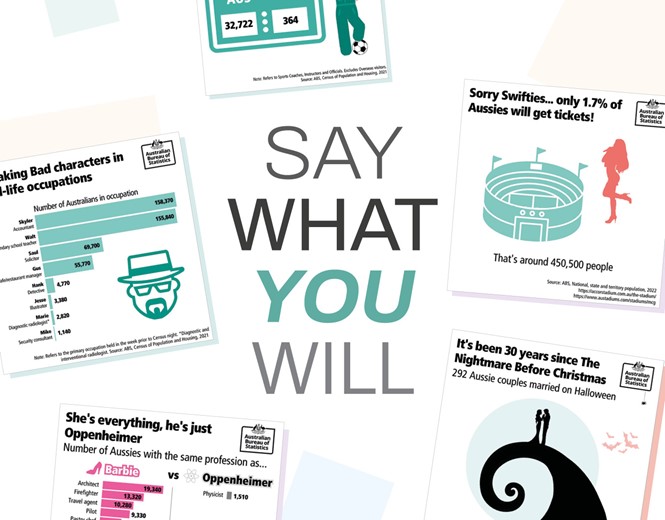
Visuals attract. Verbals engage. So say brand language experts who caution against overlooking a huge opportunity to build brand equity through codifying and leveraging verbal identity. Lisa Battles reports best practices and insights from global thought leaders.
Over the past four years, the US National Park Service (NPS) grew its Instagram following from one million to 5.4 million, according to a report earlier this year by SFGate. The story focused on how that increase aligned with the introduction of a new content strategy for the agency’s social accounts. In essence, the content marries a wry tone of voice and trending memes with informative facts about park safety, features and programming. Beyond the impressive audience numbers, the example points to how powerful a brand voice can be in increasing exposure, sparking engagement and shaping perception.
Even more compelling is that a brand can potentially achieve these and even greater impacts by establishing an effective verbal identity across all touchpoints.
Simply defined, verbal identity is “the way a brand uses language to project its identity.” That’s the snapshot from language expert Chris West, best-selling author of “Strong Language” and founding partner of the Verbal Identity agency, which he established in 2010.
When Alphabet wanted to establish the verbal identity of Google’s research and development group, X - The Moonshot Factory, it turned to West and his team. While he admits it was a bit daunting to take on the task for an organisation whose goal is to always make a “10x impact on the world’s most intractable problems,” they rose to the challenge. Other brands can follow suit by taking a similar holistic, multi-layered approach, he says.
Trinity of verbal identity
“Obviously people think about brand identity in relation to visual identity. We have this phrase, ‘Visuals attract, verbals engage.’ The tone of voice is really only one layer. Successful voices are consistent on three,” West says.
To paint the picture, he describes them as views from 10,000 feet, 1,000 feet, and ground level – a brand’s worldview, personality and usage rules, respectively. To maximise effectiveness, he says, you must define and then stick to all of them, starting from the top.
“Your worldview should be your overarching narrative. [It should address] This is the world we are trying to create, therefore this is what we stand for, and this is what we are going to have to stand against,” West says. “Then you come down to 1,000 feet, and there you start getting strong personality tonals. Then you’ve got the ground-level details as well, which you also need to properly define to have a fully functioning brand voice. These are the words and phrases you do use and those you do not, and things like grammar, which is very contextual. For example, are you formal in your grammar, or conversational? How much, if any, jargon do you use?”
“If you define all three levels, you’ve got a way of establishing consistency to where you have the same voice on your website, in your customer service and on your social media, yet they’re all flexing depending on the audience,” West says.
Verbal identity for a brand is akin to human verbal expression and has the same implications and opportunities, says Dan Steiner, director of verbal identity at Interbrand Australia.
“It’s the name, voice and messaging. What’s it called? How does it say things? What is it saying?” Steiner asks. “It’s the same as with people. We have a distinct way of expressing ourselves through language and also have key things we talk about. With a brand, these appear across every touchpoint and are incredibly powerful. Once you acknowledge that, you see the value in the opportunity to control them, tell a consistent and compelling narrative, and speak to and with your audiences.”
Just as people adjust their tone and message for differing situations, brands can modify their voice and content to best suit audiences depending on the platform or channel. The modifications should be flexes and not outright deviations, West and Steiner agree. Formalising the brand’s verbal identity creates invaluable guardrails not only for the comms teams but everyone in the organisation.
Flexing on socials
Steiner offers two examples that somewhat parallel that of the NPS's social success, primarily because they show how other government entities extend and flex their verbal identities across touchpoints.
“Similar to the NPS, I really like what the Australian Bureau of Statistics (ABS) is doing, especially on social media, it’s partially the voice and also the overall content strategy. They blend their area of expertise, which is statistics, and leverage pop culture to produce content that is refreshing and funny, creating relevance and conversation and inviting participation from the audience,” Steiner says. “They could be incredibly dry, but just because you are in a position of authority doesn’t mean you need to express yourself in a bland way.”
ABS head of social media Heather Lansdowne says the approach is 100 percent intentional and aimed squarely at resonating and engaging with the public. She describes their vision as “rethinking the way government does social media to help every Australian understand that our statistics are relevant and can actually be a lot of fun.”
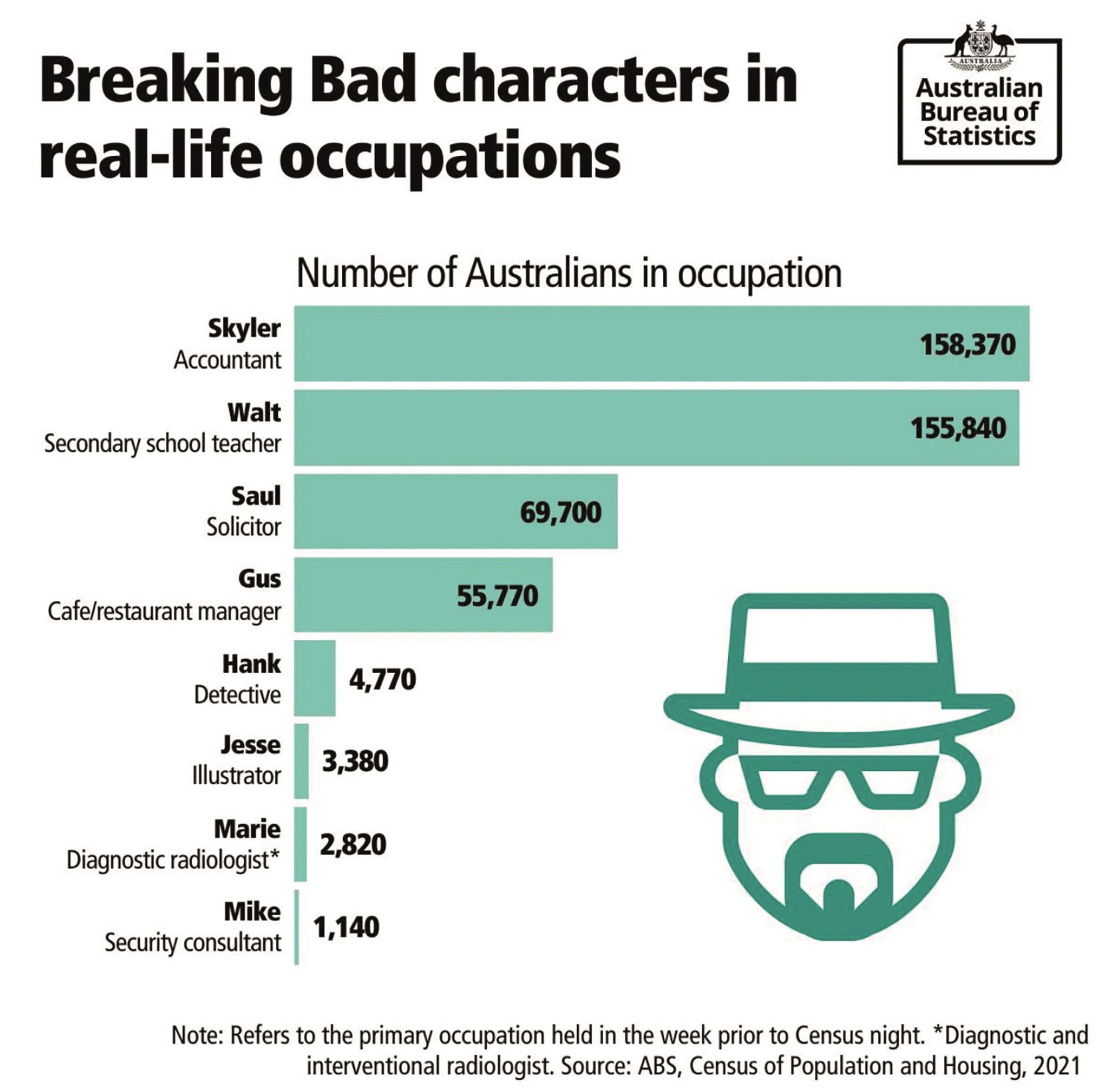


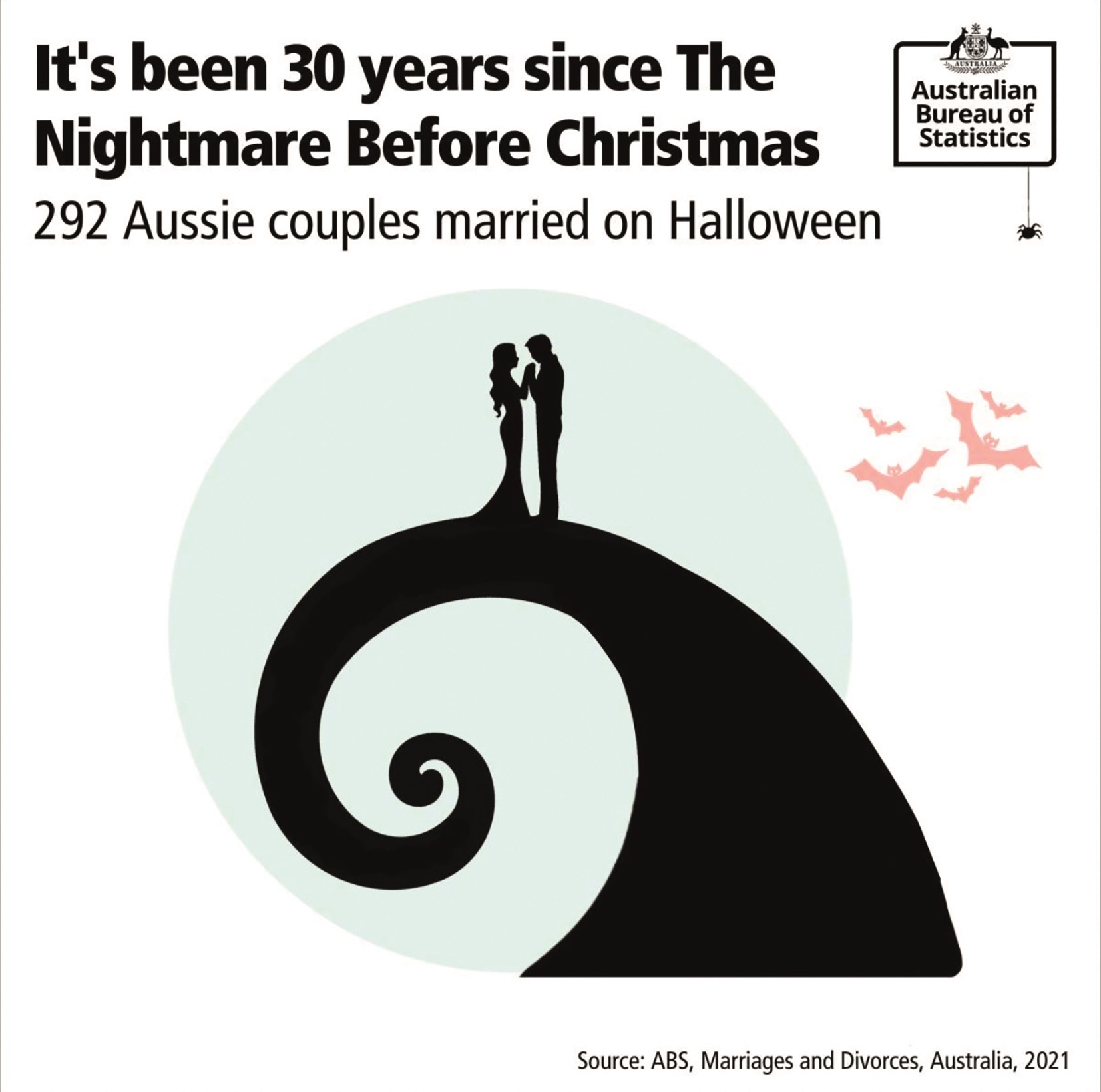
“We’re not just hopping on a trend; we’re bringing our own knowledge, jokes and references from different subcultures or niche interests into our work, which is really fun but also a great way to connect with the public. We’ve also put the time into building up our strategy over more than five years, and we take a very evidence-based approach to our content,” Lansdowne says.
While ABS data show that the lighter, more humorous posts perform up to 80 times better in engagement than more serious posts, the approach also succeeds in a highly competitive space for grabbing attention, she says.
Between 2018 and 2022 – the years following implementing a new social content strategy, the ABS grew its following across Facebook, Twitter, LinkedIn, YouTube and Instagram by 67%, from 188,615 to 315,390 users. To the team’s goal of engagement, that grew by 103%, Lansdowne says. The ABS’s most popular posts so far this year have been ones referencing the percentage of Aussies who’d actually get Taylor Swift tour tickets and another parodying Eminem’s song ‘Lose Yourself,’ which urged people to “lose themselves in the numbers” of selected demographic statistics. Each post earned over a million impressions with over 100,000 engagements, she says.
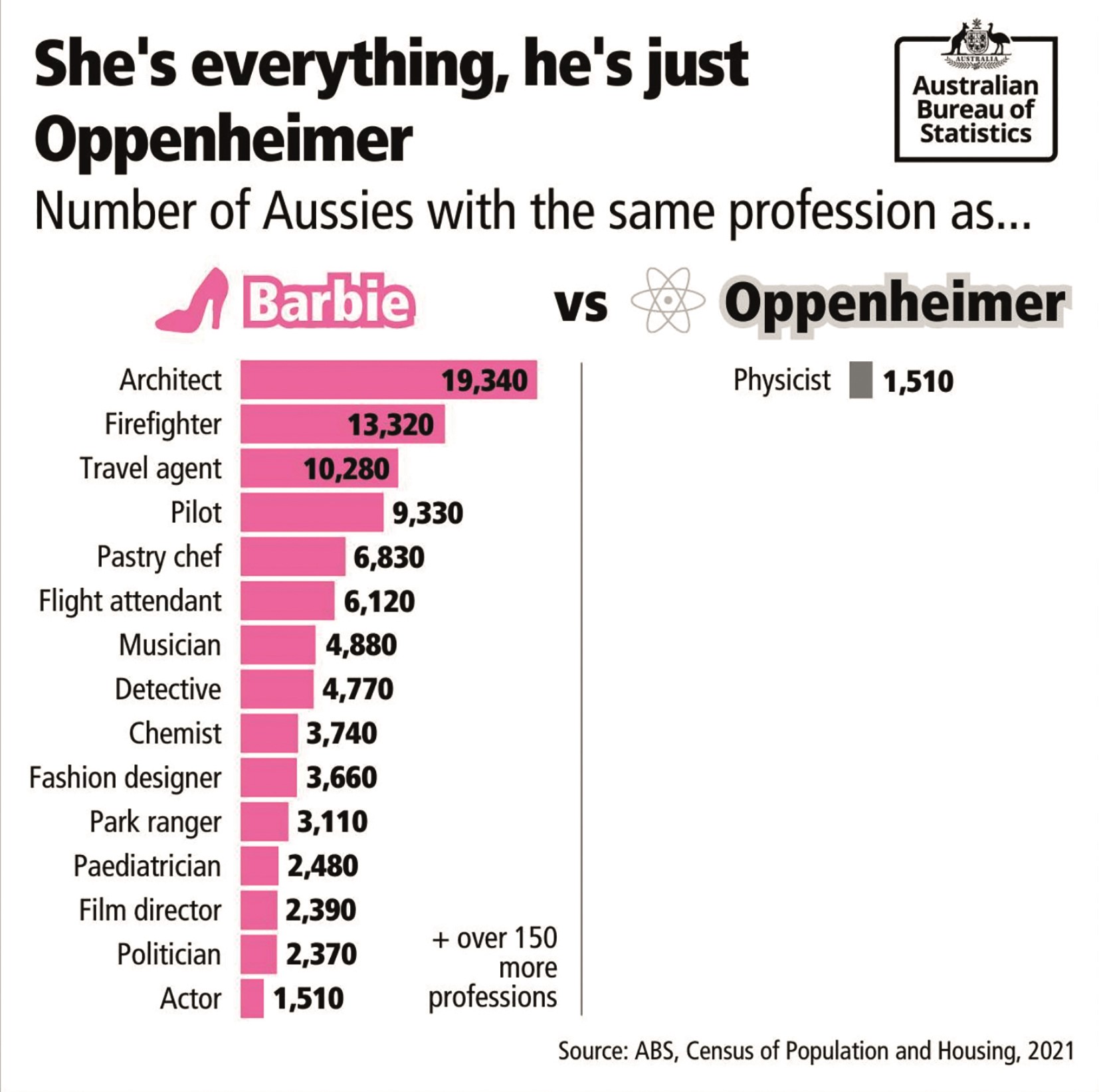
Always speaking to purpose
Another best case example Steiner offers is the clear, omnichannel verbal identity of The Commonwealth Scientific and Industrial Research Organisation (CSIRO), Australia’s national science agency.
CSIRO editorial and content manager Summer Goodwin says the organisation is highly intentional about its tone of voice qualities, which are playful, awe-inspiring, informed, authentic, inquisitive and high quality. She says the team brings two primary qualities to the fore depending on the audience and channel, and always aims for their science communications to be “trusted, accessible and understood” by people without a science degree or background, or even any prior knowledge of the subject.
One extension of that goal is evident in the agency’s recruitment marketing communications, a campaign it developed in-house and focuses on showcasing the success stories of people to reflect every aspect of diversity to foster inclusion.
“We aim to inspire the next generation of researchers and professionals through peer-to-peer marketing and ‘a person like me’ approach. If a person can see themself in someone else’s story, they will know a science career is possible for them, too,” Goodwin says. “Every piece of content we publish has a specific purpose. We only have one content series purely for brand engagement, and that is Wombat Wednesday. Our community gets upset when we don’t give them a wombat on Wednesdays! All our other social content is strongly aligned with our mission and purpose of using science and technology to solve the greatest challenges.”
All of the examples share a common thread of delight in the unexpected, where organisations that handle subjects traditionally considered more serious or complex have relied on language to make them relatable and attractive to broader audiences.
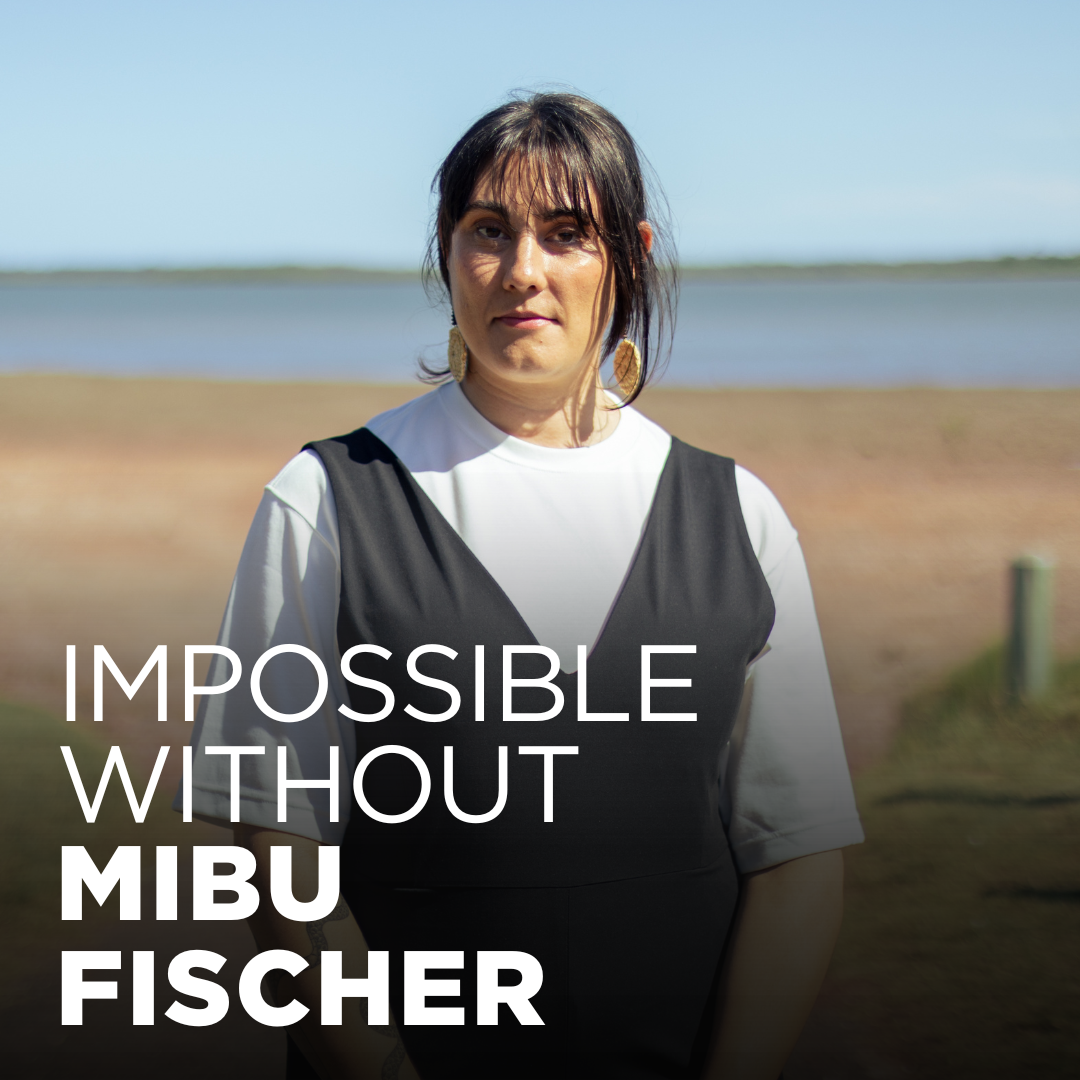


Maximising impact and value
Another critical consideration about verbal identity is it delivers the greatest value compared to other brand elements, West adds. To make the point, he shares an exercise he does when leading workshops with marketing professionals. He proposes they have £1m and one year to change the perception of an airport to seem more friendly and passenger-centric. After hearing the group’s grand ideas, he delivers the bad news of budget cuts and asks what they can do with £10 in one day.

That’s his segue to tell how, back in 2008, the Milwaukee Airport’s former airport director and in-house design team installed simple signs just past the security checkpoints. The signs read “Recombobulation Area” and appear above seating areas where people can regather their belongings. Despite it being a made-up word, people immediately got the meaning, humour and goodwill. Amused passengers still share the signs on social media today.
“From what I understand, that took a week and about a hundred bucks, and it’s really cut through,” West says. “Language is the fastest, cheapest and smartest marketing tool that is underused at the moment.”
This article was taken from Transform magazine Q4, 2023. You can subscribe to the print edition here.












